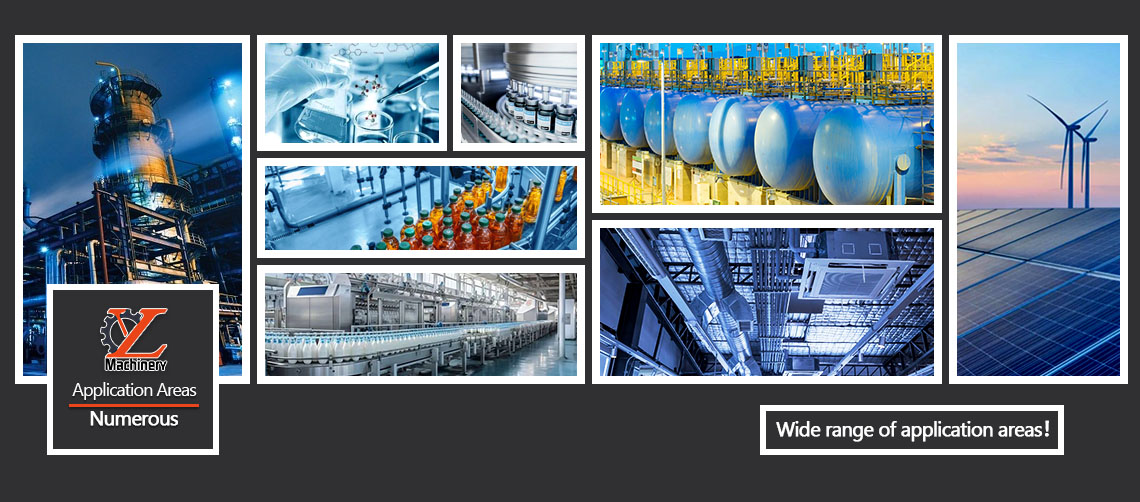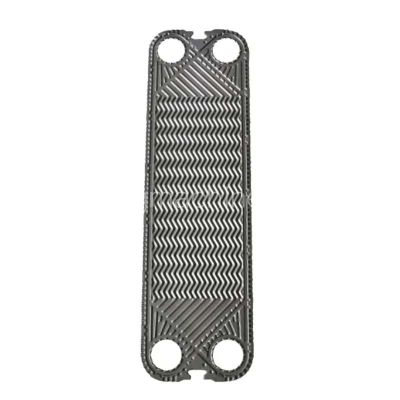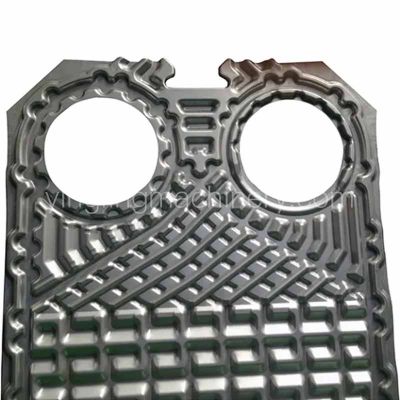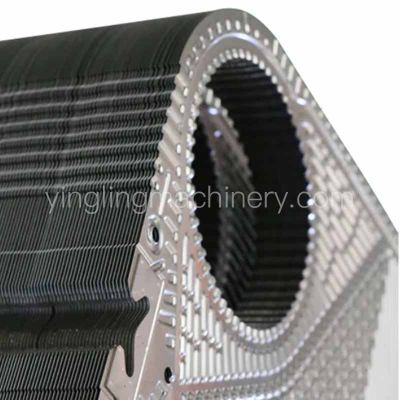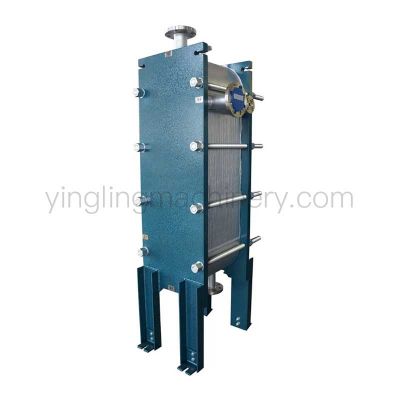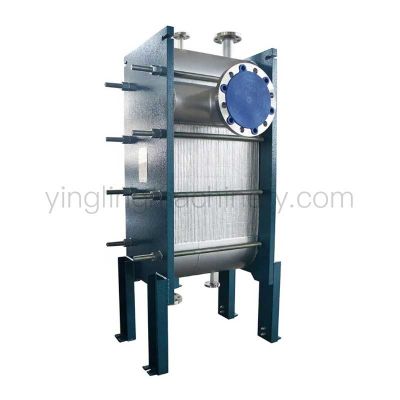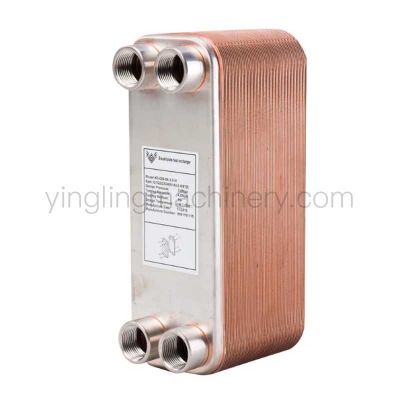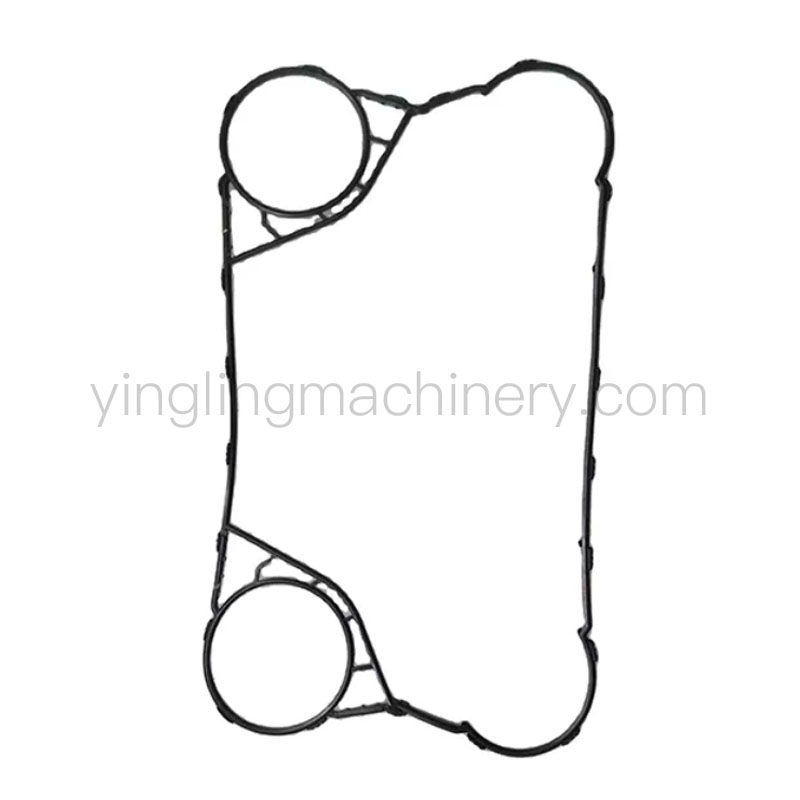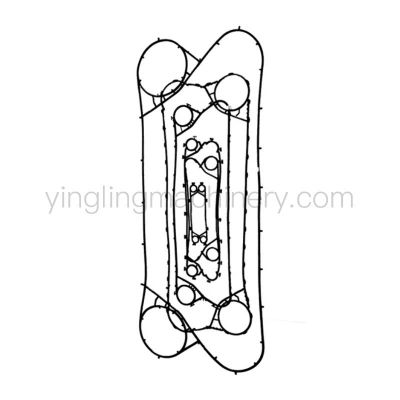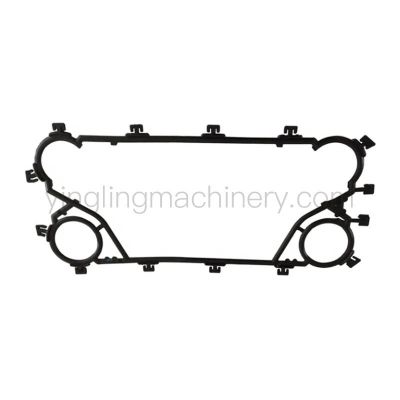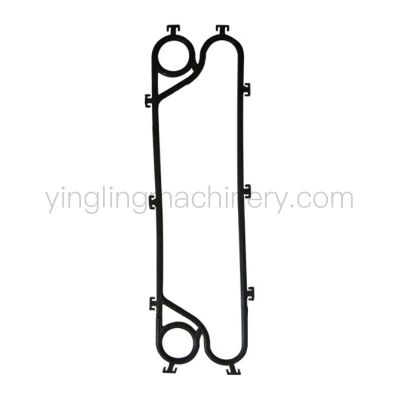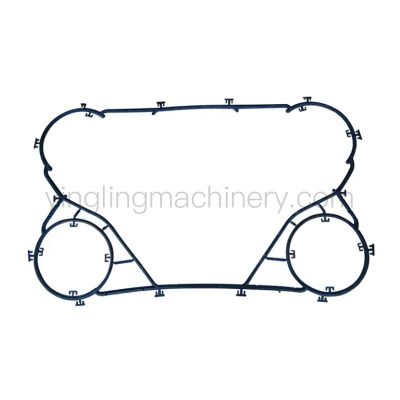High-sealing Plate Heat Exchanger Gaskets, Enhance Heat Transfer Efficiency
1. Easy to replace.
2. High temperature and corrosion resistance.
3. Effectively prevent fluid leakage and ensure system safety.
4. Maintain shape and function under high pressure and high temperature environments.
Product Description
Overview:
Gaskets are used in plate heat exchangers and are mainly responsible for sealing and isolating different fluids to prevent leakage. They are sandwiched between two plates and are usually made of high-temperature and corrosion-resistant materials, such as EPDM, NBR, PTFE, etc., to suit different operating environments. The design and material selection of gaskets are critical to the performance and efficiency of the heat exchanger.

Features:
Sealing: effectively prevent fluid leakage and ensure system safety.
High temperature and corrosion resistance: material selection is based on the working environment and can withstand the chemical nature of the fluid being handled. EPDM, NBR, PTFE, etc. are commonly used.
Easy to replace: Designed for easy periodic inspection and replacement, simple maintenance.
Mechanical strength: maintain shape and function under high pressure and high temperature environments.

Application Fields
1. Refrigeration: used as condenser and evaporator;
2. HVAC: intermediate heat exchanger used with boilers, intermediate heat exchanger in high-rise buildings, etc.
3. Chemical industry: soda ash industry, ammonia synthesis, alcohol fermentation, resin synthesis cooling, etc.
4. Metallurgical industry: heating or cooling of aluminate mother liquor, cooling of steel making process, etc.
5. Machinery industry: cooling of various quenching liquids, cooling of lubricating oil for speed reducer, etc.
6. Power industry: high-voltage transformer oil cooling, generator bearing oil cooling, etc.
7. Paper industry: bleaching process heat recovery, heating pulp washing, etc.
8. Textile industry: alkali solution cooling viscose silk, boiling nitrocellulose cooling, etc.
9. Food industry: juice sterilization and cooling, heating and cooling of animal and vegetable oils, etc.
10. Fats and oils processing: soap-based atmospheric pressure drying, various processes of liquid heating or cooling;
11. Centralized heating: waste heat from thermal power plants for district heating, heating bath water;
12. Others: petroleum, medicine, ships, desalination, geothermal use.
